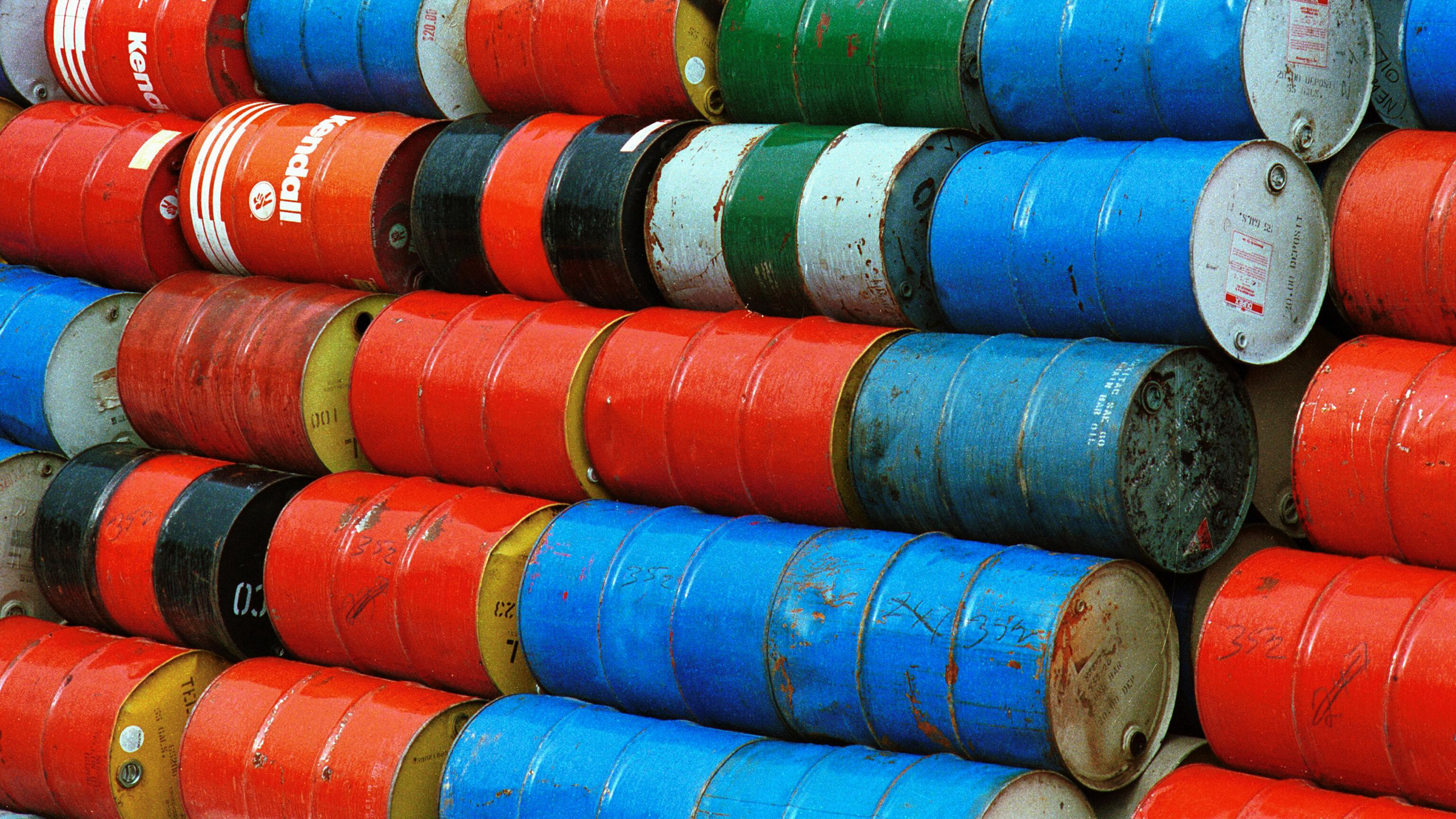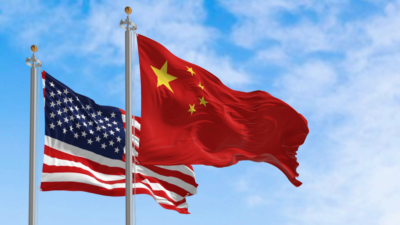Oil Executives Bemoan ‘Uncertainty’ Amid Price Pressures and Tariffs
US energy executives have a lot on their plate at the moment, with tariffs, sanctions, war, and a “drill, baby, drill” agenda.

Sign up for smart news, insights, and analysis on the biggest financial stories of the day.
“I have never felt more uncertainty about our business in my entire 40-plus-year career.”
Those are the words of an anonymous executive responding to the latest Dallas Fed quarterly energy survey of the oil and gas sector, released Wednesday. Needless to say, US energy executives have a lot on their plate at the moment, with tariffs, sanctions, war, and a “drill, baby, drill” agenda at home all exacting pressure in different directions on commodity prices.
Quarterly Confessional
The Dallas Fed survey is a closely observed indicator of drilling activity in America’s southwestern oil-producing heartland, most notably Texas. Executives are allowed to submit responses anonymously, meaning there’s often candid analysis you’d never hear on an earnings call. The overwhelming sentiment in the survey published Wednesday was oil executives’ uneasiness with uncertainty. One respondent called it “the keyword to describe 2025,” adding: “Our investors hate uncertainty.” Unfortunately, they may have to get used to it.
On the domestic front, producers were given a leg up in January when President Trump signed a series of executive orders to hasten permitting and loosen environmental regulations. On the other hand, the administration’s “drill, baby, drill” agenda has focused on driving down energy prices, which executives and analysts have warned could make new drilling unaffordable. Some White House officials have spoken of a $50 price target for crude, a level that Wood Mackenzie analysts warned “would result in immediate production declines.” One of the Dallas Fed respondents said their company has already slashed its capital expenditures in 2025 and 2026 because of “the threat of $50 oil prices by the administration.”
The forces pushing oil prices upward include the administration’s tariff policy, which one survey respondent blasted as “impossible for us to predict” and without “a clear goal”:
- On Tuesday, Trump threatened tariffs on countries that buy oil from OPEC member Venezuela. China, the biggest buyer of Venezuelan oil, condemned the move, but some Chinese buyers reportedly paused future purchases — Reliance, India’s biggest privately owned refiner, also halted further purchases of Venezuelan crude, The Economic Times reported.
- At home, Trump’s tariffs on steel and aluminum are set to push up the costs of metals essential to oilfield operations, potentially raising the bar on prices that firms must charge to make a profit on new drilling.
Set against all of this, the Energy Information Administration said Wednesday that US crude inventories fell by an unexpectedly large 3.3 million barrels to 433.6 million barrels in the week ended March 21. The drawdown suggests strong demand, something an International Energy Agency report hinted at last week: The IEA found global energy demand rose 2.2% last year, much faster than the average 1.3% increase between 2013 and 2023. Lower supply, not to mention a rush of former Venezuelan crude customers looking for a new place to buy, could exert upward pressure on prices — Brent crude futures cleared $74 per barrel on Wednesday, the highest in nearly four weeks.
A Sea Change: Then there are Russia and Ukraine, which the White House said Tuesday have agreed to a cease-fire on the Black Sea; they will also negotiate a pact to cease attacks on one another’s energy infrastructure. Moscow, however, has said it will only implement the agreement if sanctions are lifted. That could hypothetically lead to more supply to more markets, but it would take a significant diplomatic development.











